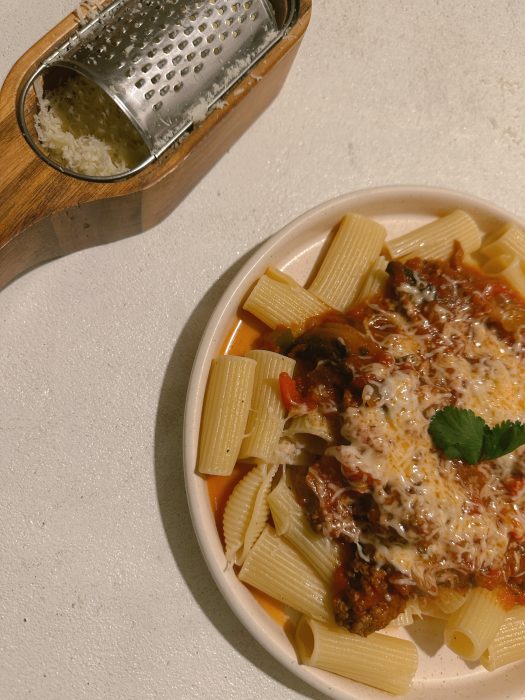There’s something truly magical about creating a meal from scratch, especially when it involves the time-honored tradition of crafting homemade pasta and meat sauce. In a world dominated by convenience, the act of preparing a dish from start to finish becomes a labor of love, and the rewards are nothing short of delicious. Join me on this culinary journey as we explore the benefits of homecooked meals, the importance of organic and healthy ingredients, and the quest for the perfect traditional Italian pasta.
There’s an undeniable joy that comes from preparing a meal in the comfort of your own kitchen. The process is not just about nourishing the body; it’s about feeding the soul. Homecooked meals foster a sense of connection, as family and friends gather to share in the creation and enjoyment of a dish made with love. Beyond the emotional benefits, cooking at home allows you to control the quality of ingredients, ensuring a healthier and more wholesome dining experience.
In our quest for a nourishing and satisfying meal, the choice of ingredients plays a pivotal role. Opting for organic produce and high-quality meats not only enhances the flavor of the final dish but also promotes a healthier lifestyle. By embracing ingredients free from harmful pesticides and additives, we prioritize our well-being and make a conscious effort to support sustainable farming practices. Our bodies deserve the best, and using fresh, organic ingredients in our pasta and meat sauce is a step towards achieving that.
The superiority of pasta from Italy in terms of digestibility and overall health benefits is often attributed to several factors, ranging from the choice of ingredients to traditional production methods. Here are some reasons why Italian pasta is considered easier to digest and a healthier option:
Authentic Italian pasta is typically made from durum wheat semolina. Durum wheat is a hard wheat variety that is high in protein and gluten, which gives pasta its structure. However, durum wheat gluten tends to be less elastic and more easily digestible than the gluten found in softer wheat varieties. This can contribute to a gentler impact on the digestive system.
Many traditional Italian pasta makers follow a slow drying process, allowing the pasta to dry gradually at low temperatures. This slow drying method preserves the nutritional quality of the pasta, ensuring that it retains more of its natural wheat flavor and texture. The gradual drying process is thought to make the pasta more easily digestible compared to quicker drying methods.
In Italy, many pasta makers still adhere to artisanal production methods passed down through generations. These methods involve a careful balance of ingredients and a meticulous approach to pasta-making. Artisanal production tends to prioritize quality over quantity, resulting in pasta that is not only delicious but also crafted with attention to detail that can positively impact digestibility.
Traditional Italian pasta recipes typically use simple ingredients—just durum wheat and water, and sometimes eggs. The simplicity of the ingredients can be advantageous for those with sensitivities or digestive concerns. Fewer additives and preservatives mean a purer product that is often easier on the digestive system.
Complementing the traditional Italian pasta is a rich, hearty meat sauce that simmers to perfection. Start with high-quality ground meat, preferably organic and grass fed, and sauté it with a medley of aromatic vegetables. Let the tomatoe sauce, preferably Raos, intensifying in flavor. The slow-cooked amalgamation of spices and herbs creates a symphony of taste, ensuring every bite is a celebration of traditional Italian cuisine.

